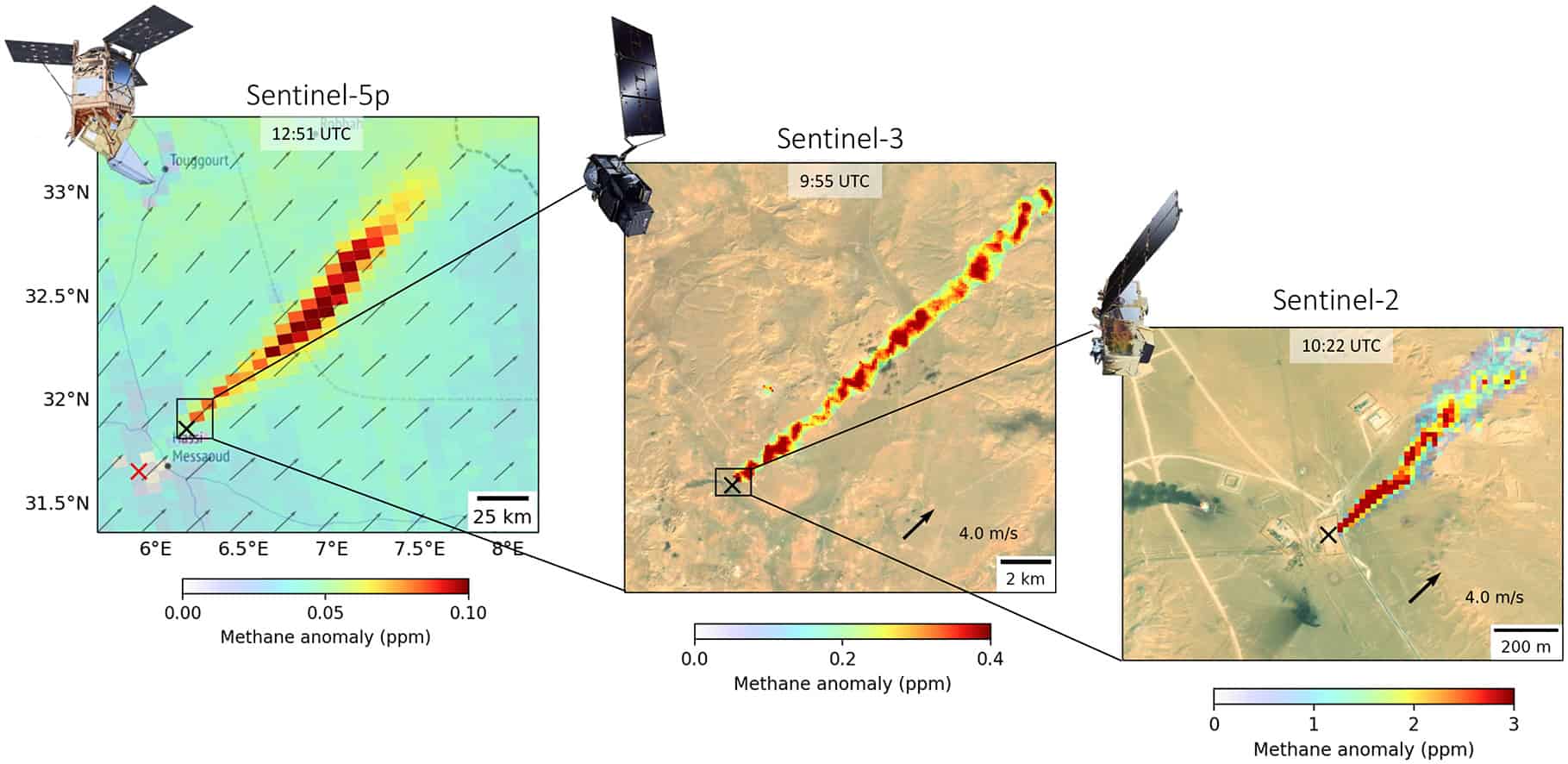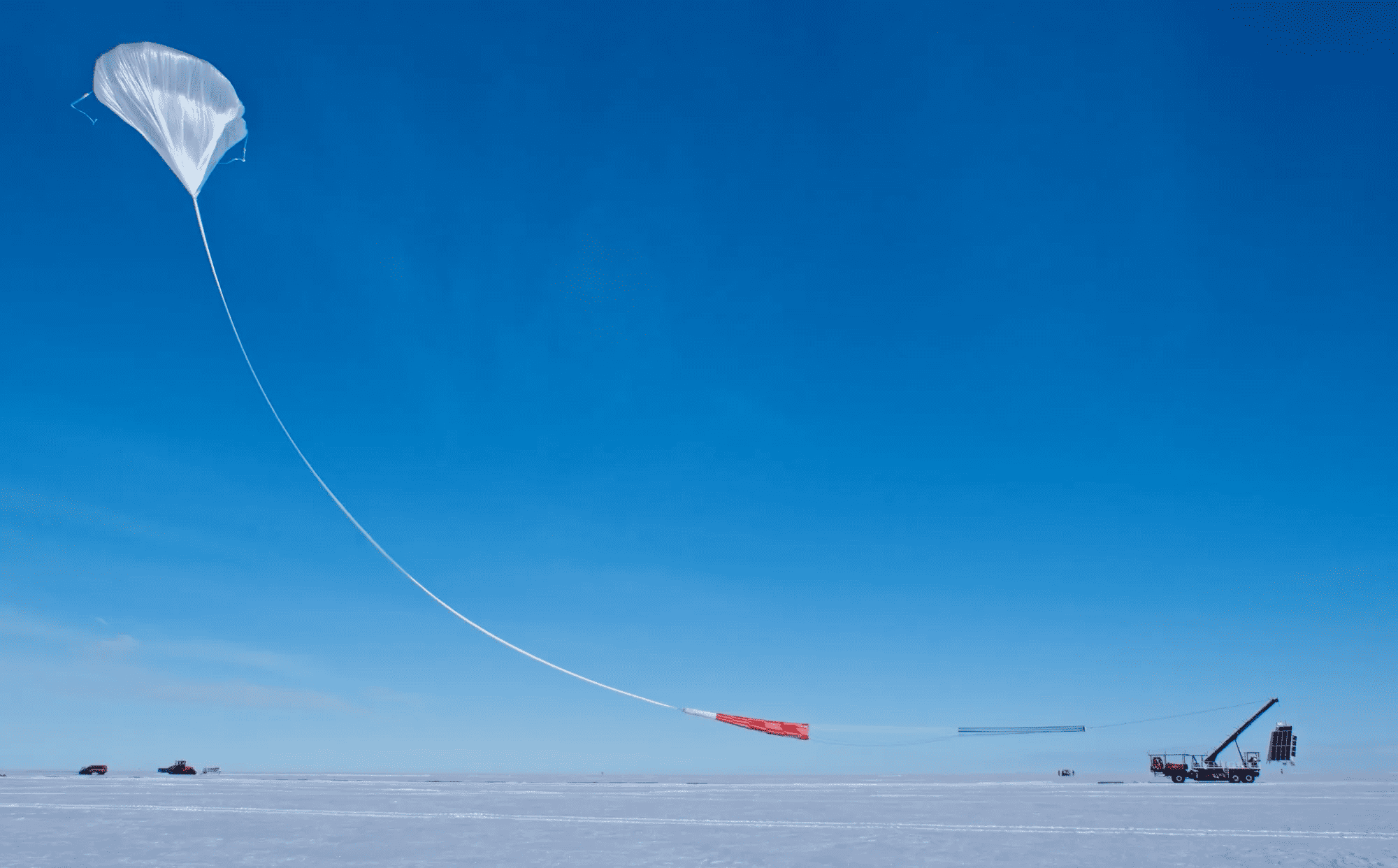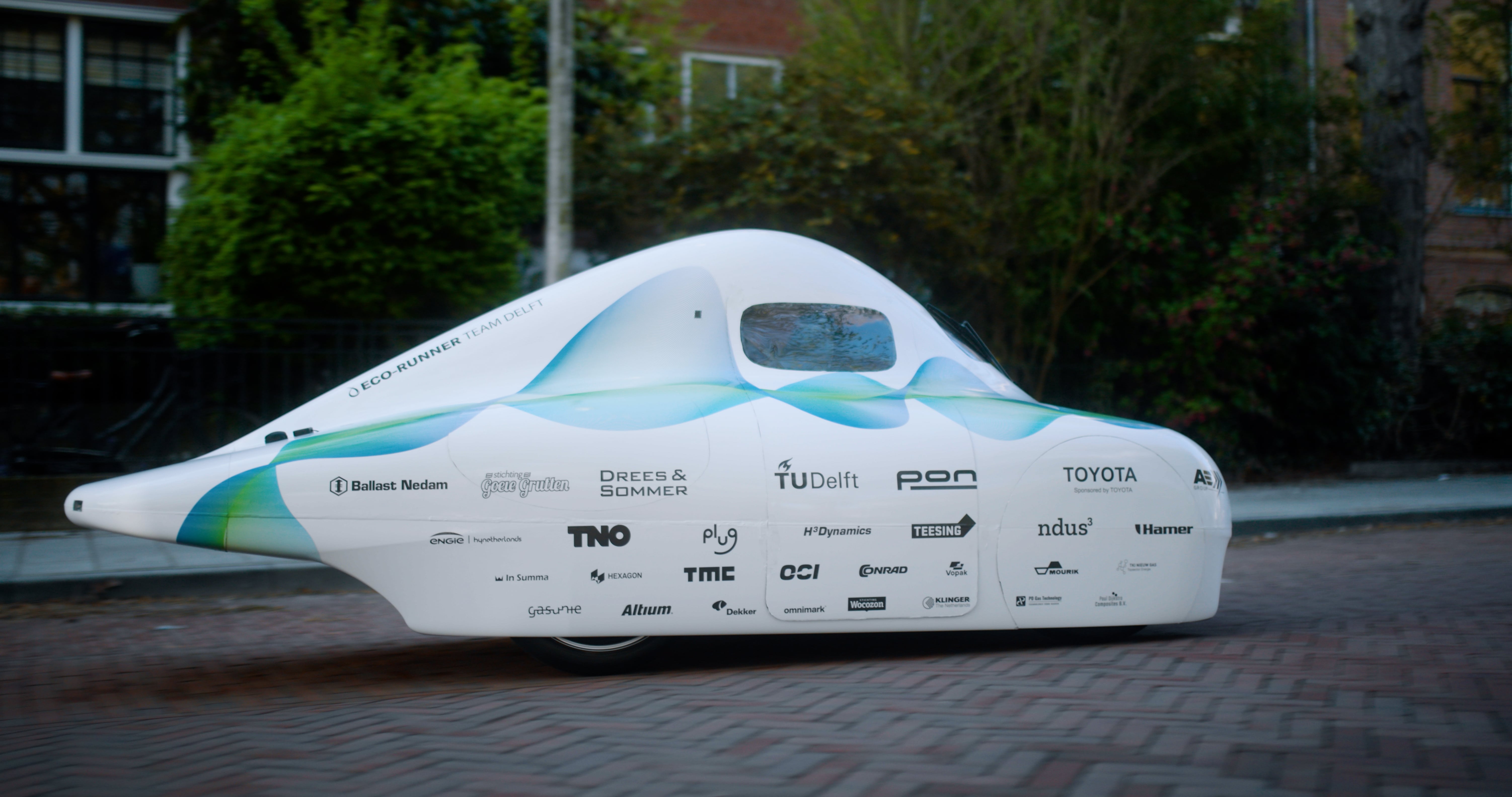
What do you do on the beach when the sun is too bright? Unfold a parasol to help alleviate the heat. What do you do if the earth warms up too much, with far-reaching consequences for life on this globe? Set up a huge fabric shade screen in outer space using satellites that will reduce some of the warming caused by the sun
That last bit is in a nutshell the description of the research by an international consortium in which Jeannette Heiligers from TU Delft is also involved in. In this, the assistant professor of Astrodynamics & Space Missions is tasked with figuring out how to head into space for this adventure with as little impact as possible. Her project is taking place within the Climate Action Program of TU Delft.
First of all, about the science fiction-like research, how far along is it? Just how serious is it?
“The idea is not entirely new, the idea of using a solar sail to capture some of the light had already been published 10 to 15 years ago. The technique of solar sails has been demonstrated by four different missions. But the first, truly scientific mission using a solar sail as propulsion for a satellite is set to launch next year, and is led by NASA. So the technology for it does exist. It’s just that for a fabric shade screen, it has to be applied on a much larger scale.”
Fabric shade screen the size of the European continent
The aim of the project in which Heiligers is collaborating is to explore how such a sail the size of the European continent can be stretched out over a location between the sun and the earth. A fabric shade screen with a surface area of ten million square kilometers could block up to two percent of sunlight and consequently lower the temperature of the atmosphere. This is considered a relevant reduction when it comes to global warming.

In actual practice, not a single satellite will make a trip with this piece of cloth as luggage, but it is a bit more large-scale than that. “It is inconceivable that one satellite can transport such a cloth. A solar sail can be envisioned as a kind of kite that you can fold up and unfold later. The sail is attached to a satellite. In view of the size, it might take thousands of satellites each carrying a single sail to achieve this goal. That immediately raises the question of whether this approach is responsible, especially if each launch also releases emissions.”
Other technical aspects also come into play. ” For example, that’s the location. What is the best spot to capture light? We ended up at the Lagrange point, a rather special place. That is one and a half million kilometers from the earth in the direction of the sun, about one percent of the total distance to the sun. There, the forces are such that an object remains stationary in relation to the earth. A problem with bringing a satellite around the sun may be that the satellite and therefore the fabric is going faster than earth and then there is no shadow effect. At the Lagrange point, the speed around the sun is equal to that of the earth.”
How far does such an intervention go?
Then there is the fabric, the design of the cloth. “It is a membrane 7.5 micrometers thick all together, thinner than hair. It is a thin plastic made of polyamide. With a coating of aluminum on one side to reflect sunlight, and chromium on the other to radiate heat. The question is how such a sail will fare if it hangs in space for years. Space is not a pleasant environment, think about cosmic radiation or solar storms.” It is not the only constraint that will be studied further. Heiligers already mentioned emissions during the launch, which contributes just as much to the problem that you actually want to solve.
“Because warming comes from greenhouse gases caused by emissions. And what influence does a fabric shade screen have on the climate or on precipitation patterns? Another thing is the moral-ethical issue. Which is why there are philosophers in the group as well. How far do you go – can you go – in terms of intervention? That human intervention against warming is also called geoengineering, just like the capture of CO2 is.”
“Some people think it sounds scary, that you are interfering with an ecosystem. Opponents are therefore vehemently against it. But it is only a temporary measure. Until we have hopefully returned to a safer place, like the world was twenty or thirty years ago. I first want to gather facts in order to come to a verdict on the advisability of the fabric shade screen as a means against global warming. And there aren’t enough of those yet.”
Funding is only possible internationally
Not insignificant is the issue of funding, another hurdle to be overcome. “What’s really tricky – the challenge – is the scale on which it happens. It costs as much as a trillion US dollars. No budget on a national level can shoulder this. That’s why international cooperation is so important. It’s also a political matter, whether it will succeed. A lot of ground support needs to be created to achieve this.”

Heiligers is fascinated by the possibilities offered by outer space. She did her PhD research in Glasgow under the guidance of someone who had also previously published work on a solar sail. After a stint in Colorado (USA), she came back to Delft. The fabric shade screen is one application of a solar sail. Heiligers has been studying solar sails for ten years. In a smaller form, this type of sail can propel a satellite by means of clean solar energy. A satellite can then last longer and reach new places in our solar system, like asteroids, for instance.”
“My input to the shade sail project is to optimize getting the satellite to the Lagrange point, which ties in with my passion for orbital mechanics. So I am not concerned with the hardware.”It will take a lot of research and some time before the solar sail as a means of combating global warming will possibly become a reality. The Delft scientist is not expecting to see this any earlier than 2040.







